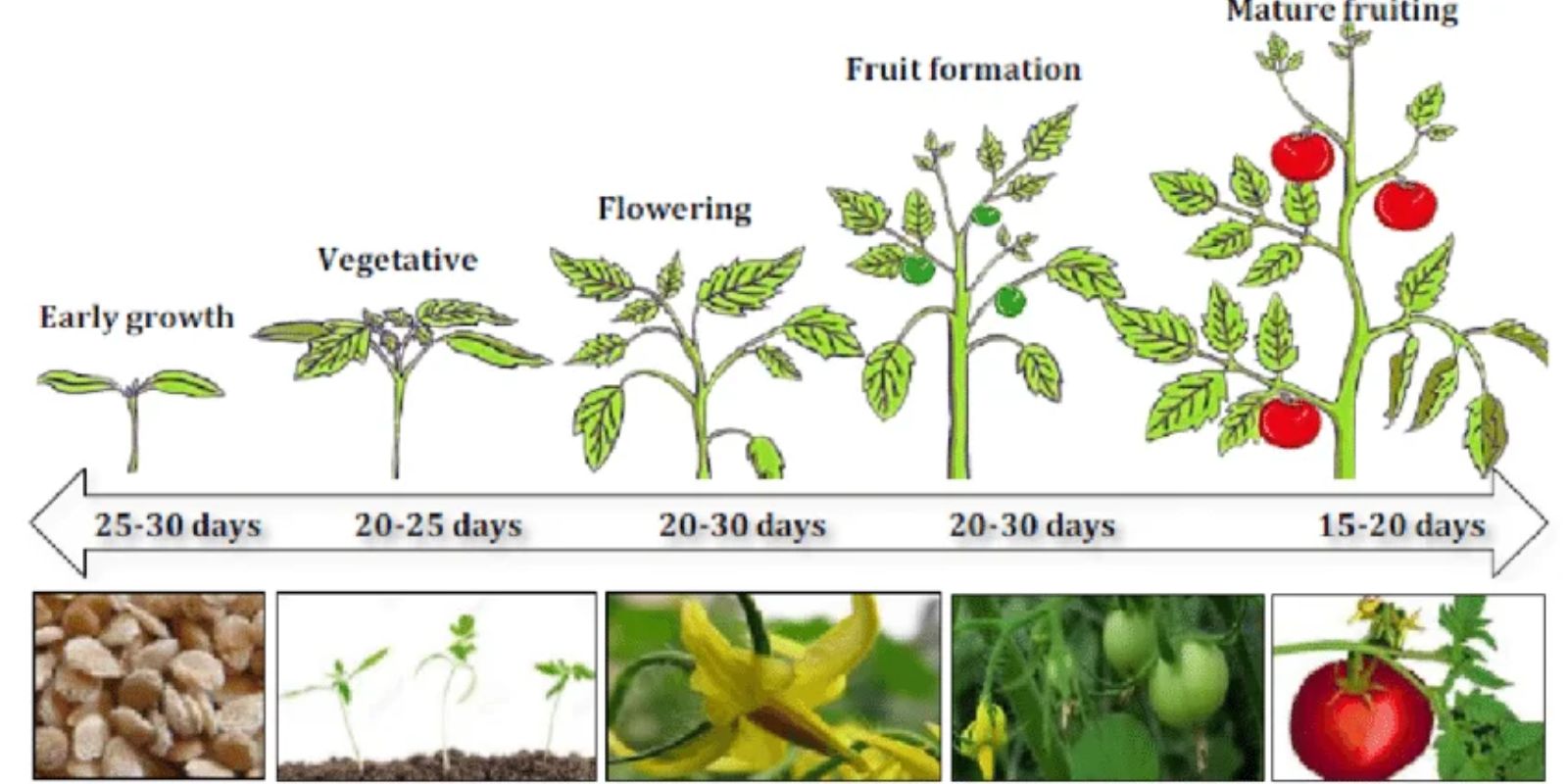Tomatoes are among the most rewarding crops to grow in your garden. Juicy, flavorful, and versatile, homegrown tomatoes can elevate your meals and bring satisfaction to your gardening journey. Whether you’re a beginner or an experienced gardener, this comprehensive guide will walk you through the steps of planting tomatoes for optimal growth and yield.
Why Grow Your Own Tomatoes?
Tomatoes purchased from stores often lack the freshness and robust flavor of those grown at home. By cultivating your own, you gain access to varieties not typically found in supermarkets, including heirloom and cherry tomatoes. Additionally, growing tomatoes is economical and offers a sense of achievement.
Step 1: Choose the Right Tomato Variety
Before planting, decide which tomato variety suits your needs. Options include:
- Determinate (Bush Tomatoes): Compact plants perfect for small gardens or containers. These produce fruit all at once.
- Indeterminate (Vine Tomatoes): Larger plants that produce fruit continuously until frost. Ideal for long harvest seasons.
- Heirloom Tomatoes: Known for unique flavors and colors but require more care.
- Hybrid Tomatoes: Disease-resistant and high-yielding varieties.
Step 2: Select the Ideal Location
Tomatoes thrive in full sunlight. Choose a spot that receives at least 6-8 hours of direct sunlight daily. Ensure the area has good air circulation to minimize the risk of fungal diseases.
Step 3: Prepare the Soil
Healthy soil is the foundation of successful tomato growth.
- Test the Soil: Use a soil test kit to determine pH levels. Tomatoes prefer slightly acidic soil with a pH between 6.2 and 6.8.
- Enrich the Soil: Mix compost, aged manure, or organic fertilizer into the soil to provide essential nutrients.
- Ensure Proper Drainage: Avoid waterlogged conditions by amending clay soils with sand or organic matter.
Step 4: Start Seeds or Buy Seedlings
- Starting Seeds Indoors: If growing from seed, begin 6-8 weeks before the last frost date. Use seed-starting trays and place them in a warm, sunny area.
- Buying Seedlings: Choose healthy, disease-free plants with thick stems and vibrant green leaves.
Step 5: Harden Off Seedlings
Before transplanting seedlings outdoors, harden them off to acclimate them to outdoor conditions. Gradually expose them to sunlight and outdoor temperatures over 7-10 days.
Step 6: Planting Tomatoes
- Timing: Plant tomatoes outdoors after the danger of frost has passed and soil temperatures are consistently above 60°F (15°C).
- Spacing: Space determinate varieties 18-24 inches apart and indeterminate varieties 24-36 inches apart. Rows should be 3-4 feet apart.
- Plant Deep: Bury two-thirds of the stem, as tomatoes can develop roots along their stems. This promotes a stronger root system.
- Water Thoroughly: Water the plants immediately after planting to settle the soil and eliminate air pockets.
Step 7: Provide Support
As tomato plants grow, they require support to keep them upright and prevent fruit from touching the ground.
- Stakes: Drive stakes into the ground and tie plants loosely as they grow.
- Cages: Tomato cages are a popular and easy option.
- Trellises: Ideal for indeterminate varieties to save space and improve airflow.
Step 8: Watering and Mulching
- Watering: Tomatoes need consistent moisture. Water deeply at the base 1-2 times a week, depending on weather conditions. Avoid overhead watering to prevent disease.
- Mulching: Apply organic mulch, such as straw or wood chips, around the base to retain moisture, regulate soil temperature, and suppress weeds.
Step 9: Fertilizing
Feed tomato plants regularly to support growth and fruit production.
- Early Growth: Use a balanced fertilizer (e.g., 10-10-10) during initial growth.
- Fruiting Stage: Switch to a fertilizer higher in phosphorus and potassium (e.g., 5-10-10) to encourage flowering and fruiting.
Step 10: Monitor and Maintain
- Pruning: Remove suckers (small shoots that grow between the main stem and branches) to focus energy on fruit production.
- Pest and Disease Control: Check plants regularly for pests like aphids and hornworms. Use natural remedies, such as neem oil or companion planting, to deter pests.
- Weeding: Keep the area around the plants weed-free to reduce competition for nutrients and water.
Step 11: Harvesting
Tomatoes are ready to harvest when they are fully colored and slightly firm. Gently twist or clip the fruit from the vine. Regular harvesting encourages continued fruit production.
Tips for Success
- Rotate crops annually to prevent soil-borne diseases.
- Plant marigolds nearby to repel pests.
- Avoid over-fertilizing, as too much nitrogen can lead to lush foliage but fewer fruits.
Conclusion
Growing tomatoes at home is a fulfilling endeavor that rewards you with fresh, flavorful produce. By following these steps, you can ensure a healthy and productive tomato harvest. Whether you’re growing them in a garden bed or containers, tomatoes are a versatile addition to any gardening space.
What’s your favorite tomato-growing tip? Share it in the comments below!
#GrowTomatoes #HomeGardening #TomatoTips #FreshHarvest #GardeningLife #PlantLovers

